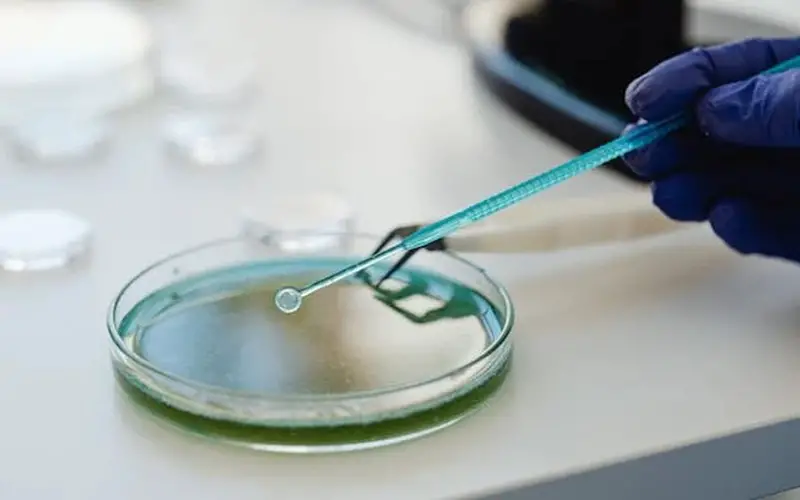Analytical chemistry has been significant from the beginning of chemistry, giving techniques for evaluating which elements and compounds are present in a given item. Significant advancements in analytical chemistry during this time period included the creation of systematic elemental analysis and standard chemical analysis based on the particular reactivity of functional groups. With the advancements of the modern age, these procedures have been digitalized, and data analysis has been made easier with the use of specialized software and programs enabling the easier processing of information.
But what qualities should good software possess? What should we pay attention to when choosing? In the text below, we’ll brief you on this and more.
Usability of the software
Is the program capable of handling both process and laboratory data? Will you be able to choose a single plan that will fulfill the demands of all users? The use of data analysis software for chemical research must have the above-mentioned capabilities. The program should be able to handle both types of data in accordance with the different types of chemical analysis.
Is it possible to automate common charting chores in order to decrease training time? Is it possible to operate unattended? Charts should be customized to suit internal QC criteria while still meeting customer and regulatory reporting requirements. The software should also be able to meet student demands and criteria. For example, SPARKvue and Graphical Analysis provide certain capabilities side by side to meet the demands of the industry and the modern age. The first is more familiar with data collection, visualization, and analysis in real-time, as well as coding and cooperation. It provides a unified user experience across devices, while the latter allows students to gather, present, and evaluate true sensor data using a software package that includes table, chart, and video capabilities. Both function within the same parameters and are suitable for different tasks.
Analysis of process capability and impurities
Customers are increasingly requiring chemical producers to provide process capability to demonstrate how effectively a process can satisfy specifications for their product’s key characteristics. Process capacity statistics, often known as “indices,” are typically based on a ratio of product standards to process variance. This sort of statistical analysis is commonly used in discrete manufacturing, where it is ideally matched to the procedures and measurements involved. Process capacity might be more difficult to assess in sectors such as chemicals, pharmaceuticals, and food. When testing low-level contaminants, the challenges become apparent.
Data isolation
Isolation of data should be possible for the program to readily capture and process data. Ask yourself, is it capable of accepting instrument data? Is it possible for it to share or exchange data with corporate or plant-wide information systems? These features must be included for a more interactive experience. The versatility of the program allows for more operations and can therefore cover a broader range of tasks.

Vendor flexibility
Are the software developers familiar with the difficulties and particular needs of the chemical processing industry? Make sure the provider of the software has a capable team on hand to meet the ever-changing demands of the industry and to make sure regular updates are in place. Furthermore, providers should be accustomed to the newer requirements of sophisticated chemical data analysis and be open to customization if needed. New software programs are often more than capable of doing all that is needed.
Support research and development
One of the distinctive problems of new goods and processes is the lack of past data to offer as a guide. To drive quicker, better-informed judgments from current data and, ultimately, solve issues right the first time, research chemists must enhance their subject matter knowledge with data analytics. Therefore, the software should:
- Collect and combine data from numerous sources quickly.
- Assess data quality to see whether any curation is required before proceeding with further analysis.
- Save time by combining the whole analytic workflow into a single self-service platform.
When data suggests a problem with a product or process, communicate effectively across functions.
With the right features, chemical data analysis software must be able to meet all of the above. The variety of different software programs allows for accessibility and flexibility and gives a wide range to choose from. It is up to the users to decide what specific programs are needed, and this depends on the type of facility and chemical research. There are biosafety laboratories, production laboratories, medical, clinical, and many others. All these facilities need such programs for a better success rate and more effective data analysis. In the end, we can only advise looking at the above and searching for the right one.




